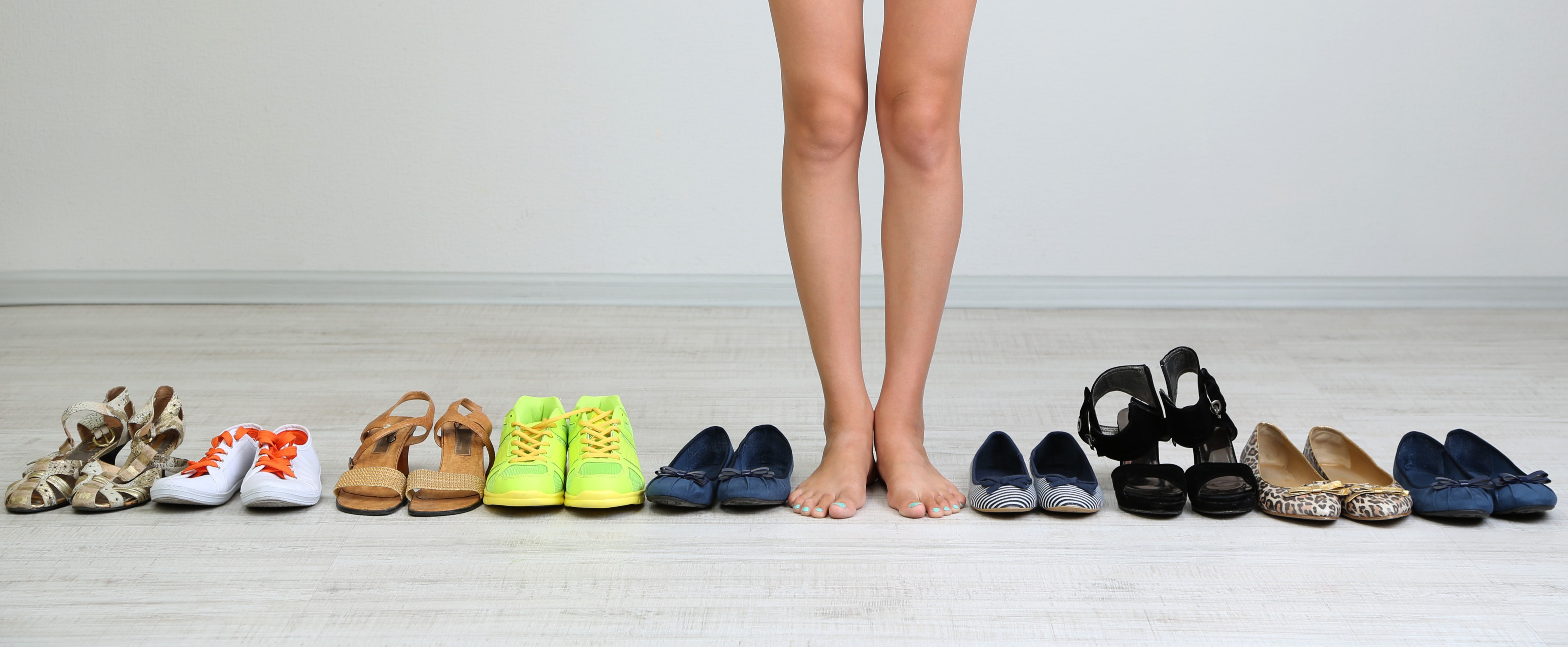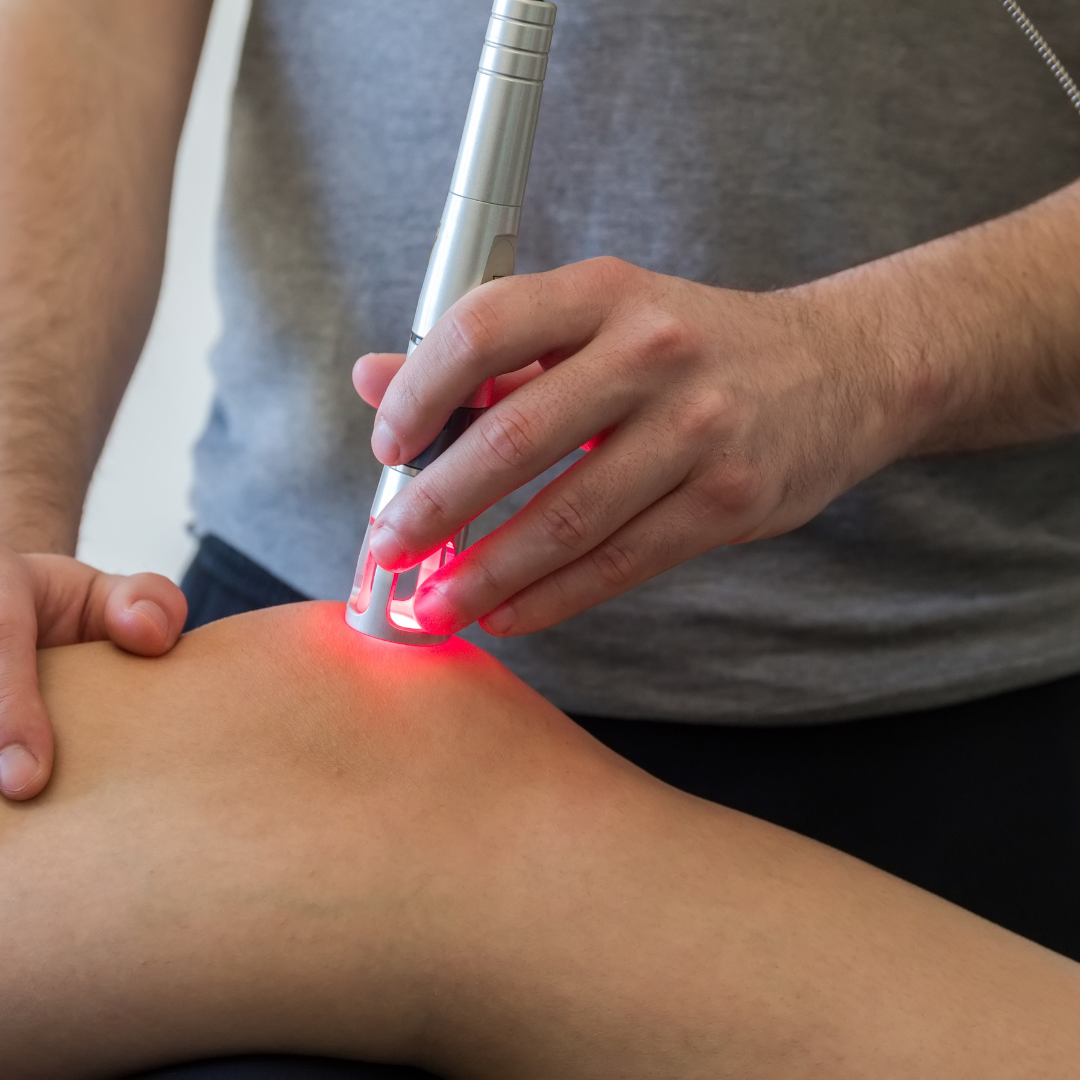Peroneal tendinopathy describes the damage to the peroneal tendons which travel down the outside of your leg and cross the outside of the ankle to attach to the bottom of the foot. It is often referred to as peroneal tendonitis or tendinosis. There are two peroneal muscles called the Peroneus Longus and Peroneus Brevis. They follow the same path down the leg and behind the bony bump (lateral malleolus) on the outside of the ankle but attach at different sites at the base of the foot. The peroneals play an important role in our ability to walk and move out feet.
Peroneal tendinopathy is typically an overuse injury that is caused by overloading the peroneal tendons past a point that they can safely handle before incurring damage. Any action that everts the foot (rolls out the ankle) will stretch and place greater strain on the peroneal tendons, and may cause them to rub against surrounding bones and become inflamed. Often, patients may not be able to think of a definitive cause for the pain, feeling that it just ‘came on’ for no significant reason or during activity. Contributing factors to the development of peroneal tendinopathy can include:
Symptoms can range in severity depending on the extent of the damage to the peroneals but can include:
Without effective management, the symptoms of peroneal tendinopathy can progressively worsen. Treatment first begins by managing the current painful symptoms by following the PRICE principles (protection, rest, ice, compression and elevation). Treatment then focuses on addressing the cause of the tendinopathy so the tendons can effectively heal and to reduce the risk of the problem recurring in the future. This can involve:
It is very important to rest the foot and limit the activities that bring on painful symptoms. It is also important to note that steroid use may further damage the tendon, so this must be discussed with your GP and podiatrist. Unless there is a rupture or a significant tear of a peroneal tendon, this condition typically does not require surgery.

If you’re unsure whether you should wear walking or running shoes when exercising, this article is for you.
We explain the differences between walking and running shoes and how to determine which one is best for your feet. When it comes to buying a new pair of shoes, most people walk into a store expecting to just “find something comfy.” Then, suddenly, you’re asked: Are you looking for
walking shoes or running shoes? And that’s where the confusion begins. Because for many people, the answer isn’t that simple.
You could walk a lot – to work, around the block, chasing after the kids, or while catching up with friends. You could have also just joined
a gym or registered for the Couch to 5km. Or you could be a walker who just wants the option to go for a run if the mood strikes. So, which
shoe do you pick?

Discover why foot health is so important as we age and how Perform Podiatry supports seniors in staying mobile, independent, and pain-free. From diabetic care to personalised treatment plans, we’re here to help keep your feet happy and healthy, every step of the way.

Discover how Class IV Laser Therapy at Perform Podiatry offers powerful, drug-free relief for foot and ankle pain. Backed by science, this advanced treatment helps you heal faster and move better, without the need for surgery or medication.
Keeping your family on their feet and helping them to walk, run, play and exceed their goals is why we love getting up in the morning.
Ground Floor, One Health Building
122 Remuera Rd, Remuera
Auckland 1050, New Zealand
| MON - FRI | 7:30am – 6:30pm |
| SAT | 8:30am – 4:30pm |
| SUN | Some availability |
Make an Appointment
Online Schedule
Our virtual receptionist is available 24/7 to help with general questions, booking requests, and clinic information, even when our team is busy, or it's after hours.
Whether you're calling us or using our website, you'll get fast assistance any time of day. And if your query needs a personal touch, a member of our team will follow up as soon as possible.